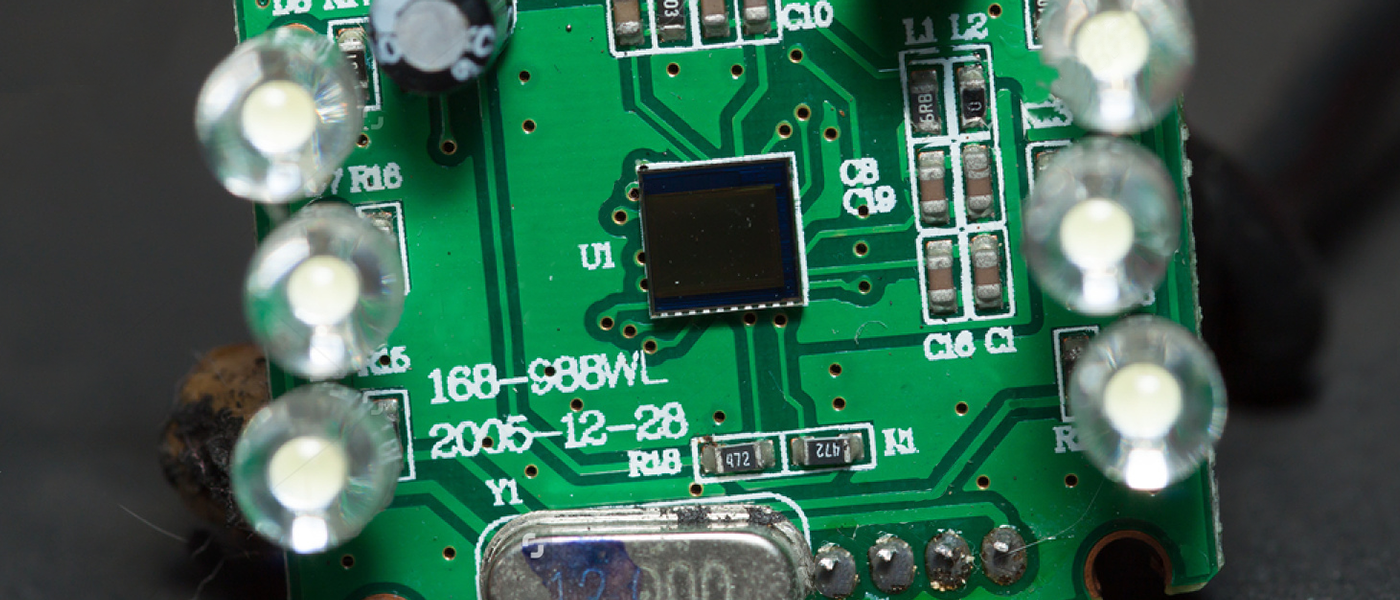General-Purpose Sensing
We want to get the most out of our appliances and, while internet connectivity can be quite useful, there are many limitations to the abilities of the current Internet of Things (IoT) model. Smart devices cost much more than their offline counterparts and they often do not talk to each other. Even more, some devices may incorporate cameras as a part of their scanning technologies, which many consumers find intrusive.
A graduate student, Gierad Laput, studying computer-human interaction at Carnegie Mellon University is looking to reconcile those limitations with a single, relatively low-cost, device that has the potential of turning entire rooms into "smart-rooms."
Laput's project is called Synthetic Sensors. The sensors can be powered directly from a wall socket and are about the size of an old Gameboy cartridge. It combines the sensing capabilities of an inventory of sensors into a central board giving it the ability to monitor an entire room.
Increased Interconnectivity
While the device itself may not allow for the kind of capability that specialized IoT technology can provide, but it does offer a level of integration that further development, even from third parties, may allow. For example, the suite of sensors can monitor when a paper towel has been taken, but on its own, it cannot monitor when the roll may need to be changed. However, when coupled with what Laput calls "second order" sensors, the devices can capture counts and send notifications of the need to replenish.
This capability can be scaled to an unlimited degree (theoretically) giving consumers highly specific and applicable feedback.
Now, while we may not yet be in the era of sentient smart houses from our science-fiction dreams, we are slowly making our way into a future where every aspect of our day contains encounters with smart devices. The popularity of devices like Amazon's Echo and Google Home are helping technology like this to grow quickly, despite their limitations.
Perhaps this technology can be a part of the integration that Laput is hoping to achieve.
Share This Article
